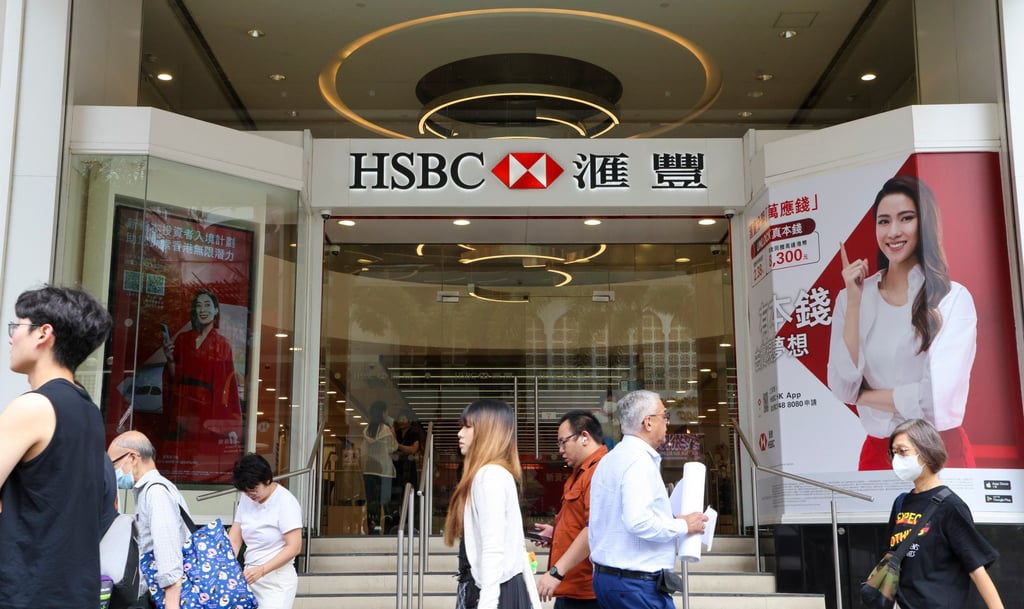HSBC’s 4.5 billion yuan panda bond to boost globalisation of Chinese currency
The bond, which pays an annual coupon of 2.15 per cent, also reinforces Hong Kong’s role as the world’s offshore yuan centre, bank says

The sale was increased from a base size of 3 billion yuan after the order book was oversubscribed by 1.88 times, the bank said in a statement on Wednesday. It is part of the bank’s 10 billion yuan bond-sale programme approved by China’s central bank to be issued in phases until October 2026.
The bond pays an annual coupon of 2.15 per cent and was assigned the highest triple-A rating by China Chengxin Credit Rating Group.
The deal represents the UK banking group’s first such issuance since the Chinese government allowed the proceeds of panda bonds to be repatriated in 2022. Previously, offshore companies needed the State Administration of Foreign Exchange’s approval. HSBC raised 1 billion yuan from its first panda bond offering in 2015.
Panda bonds are yuan-denominated securities issued by offshore companies in mainland China.

